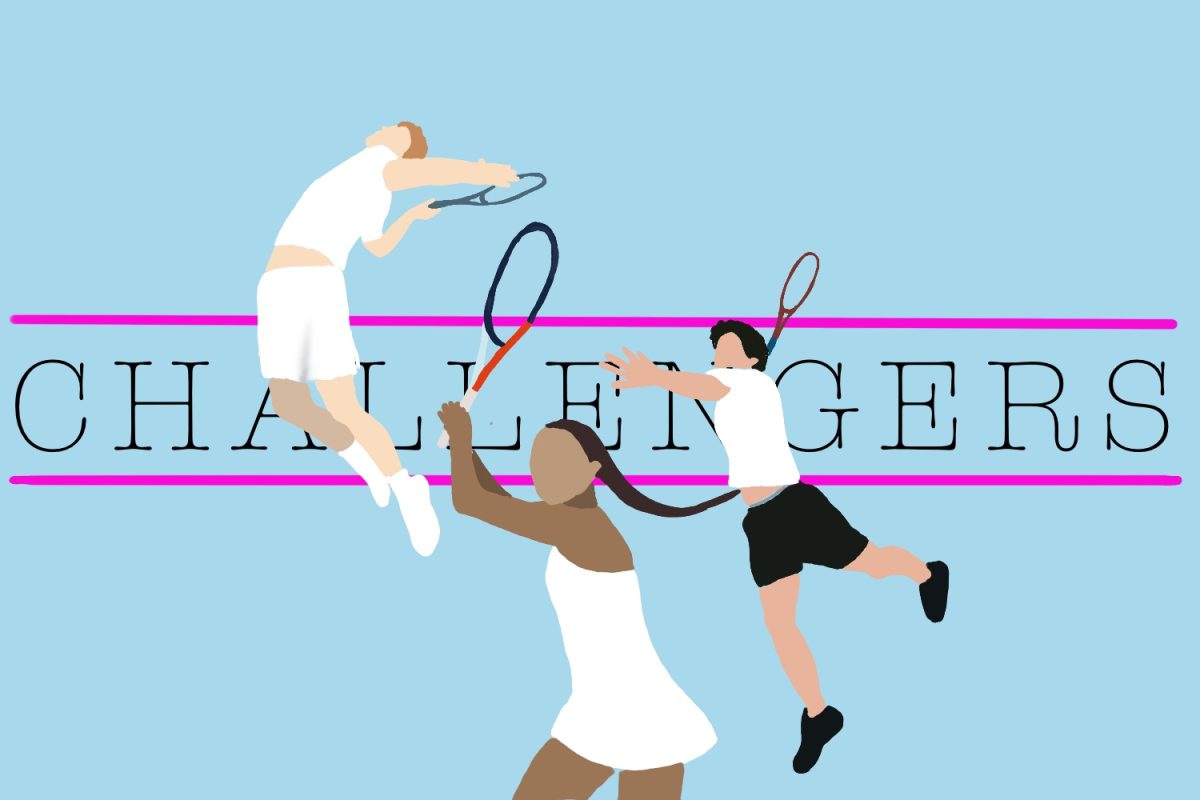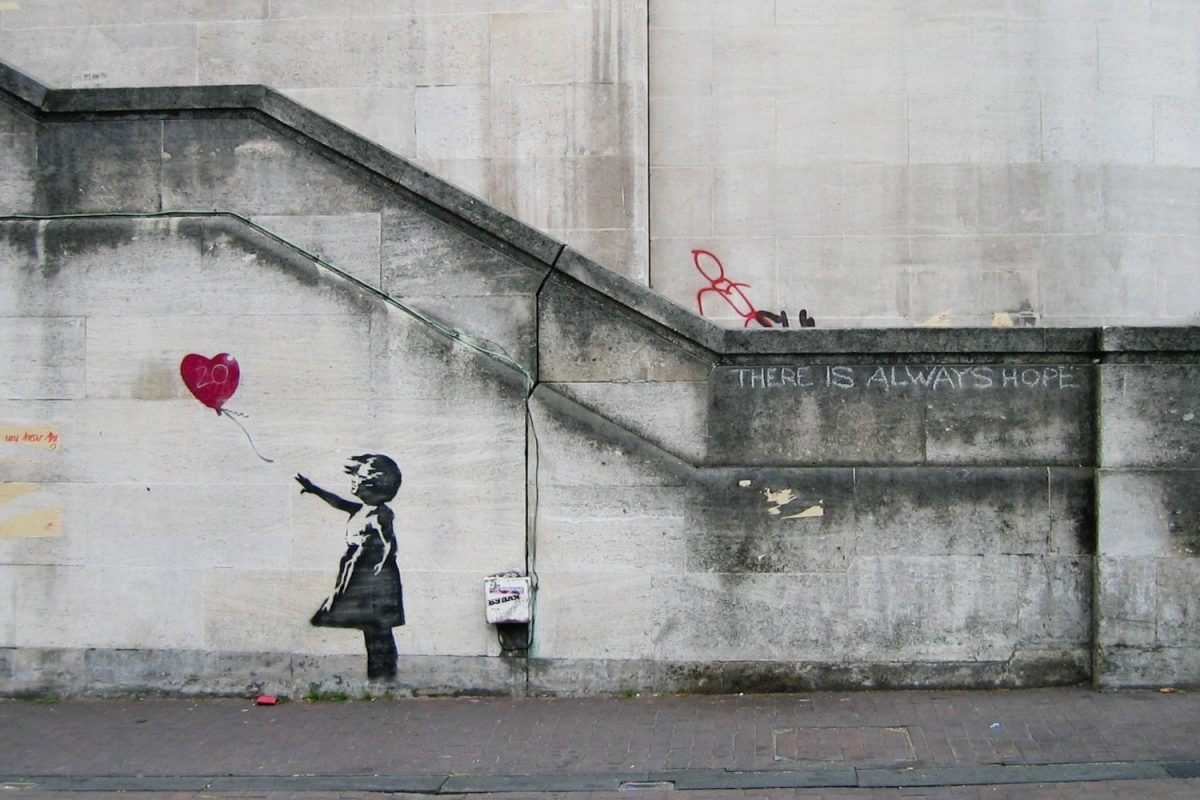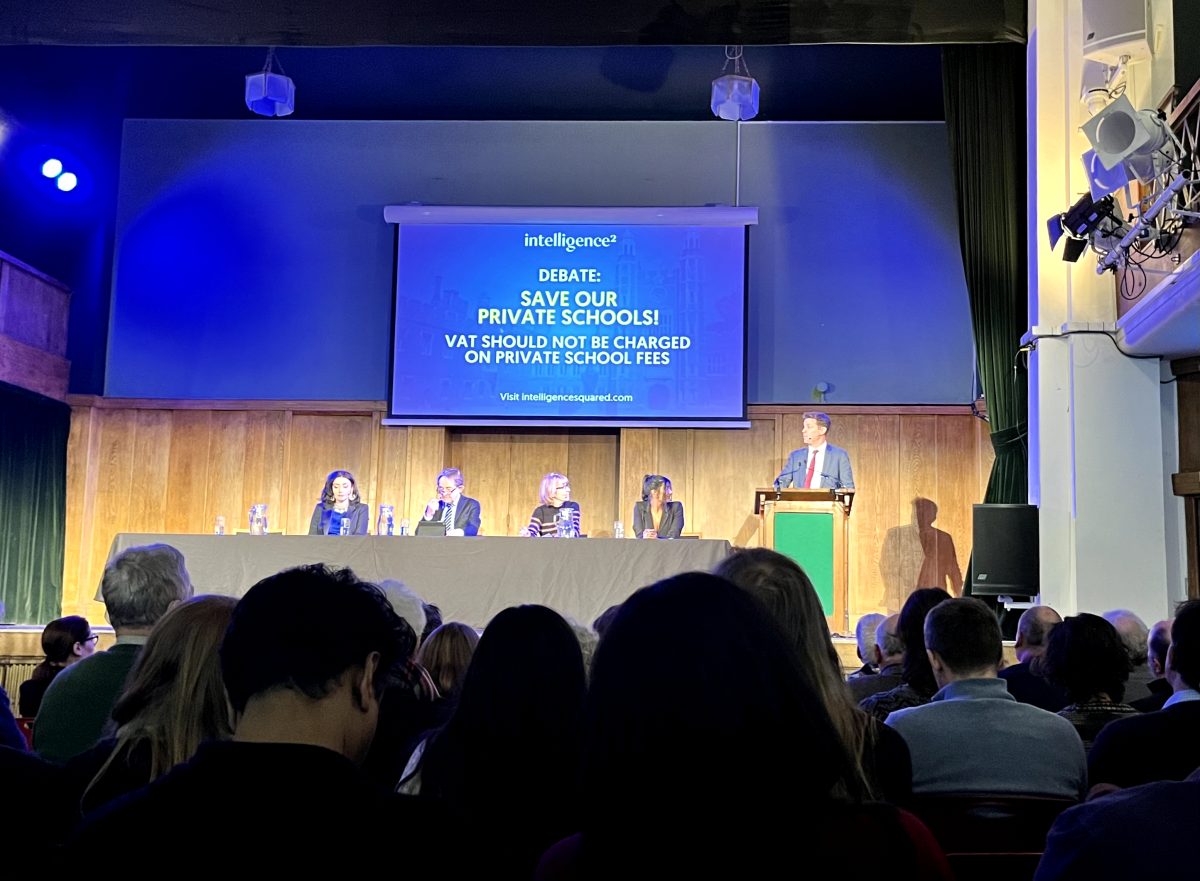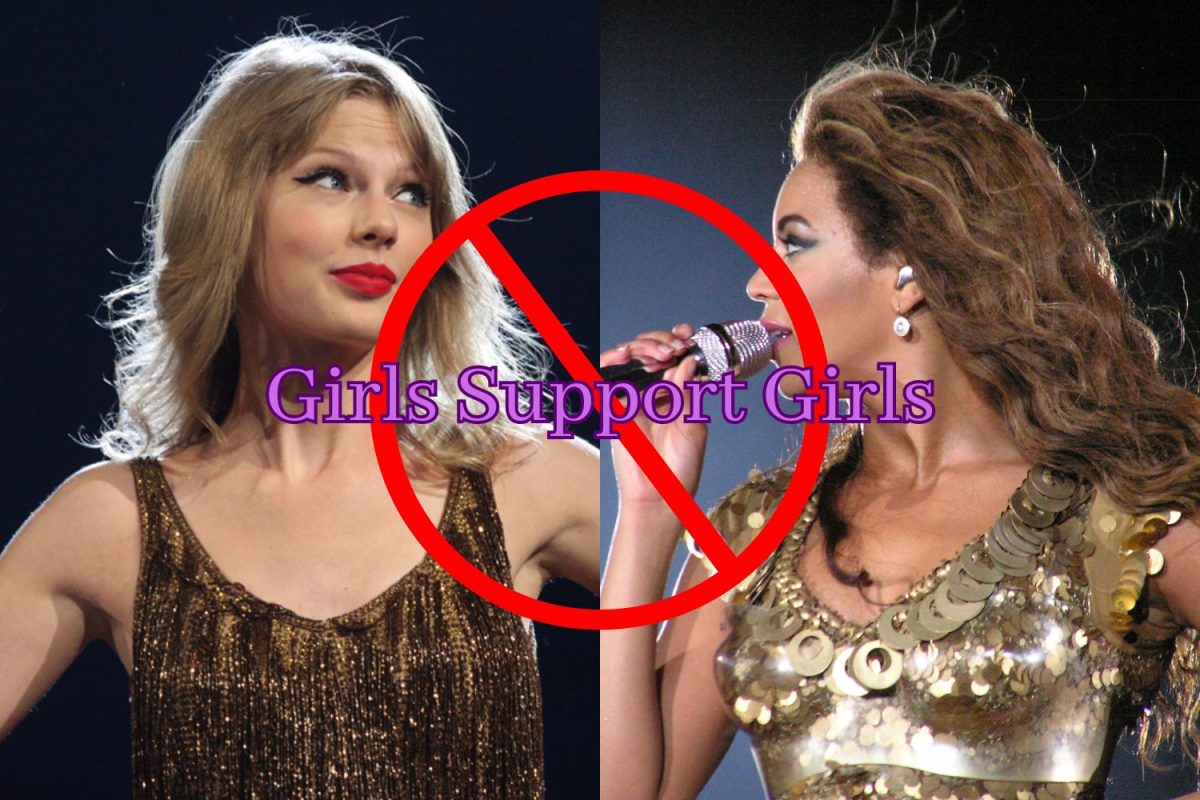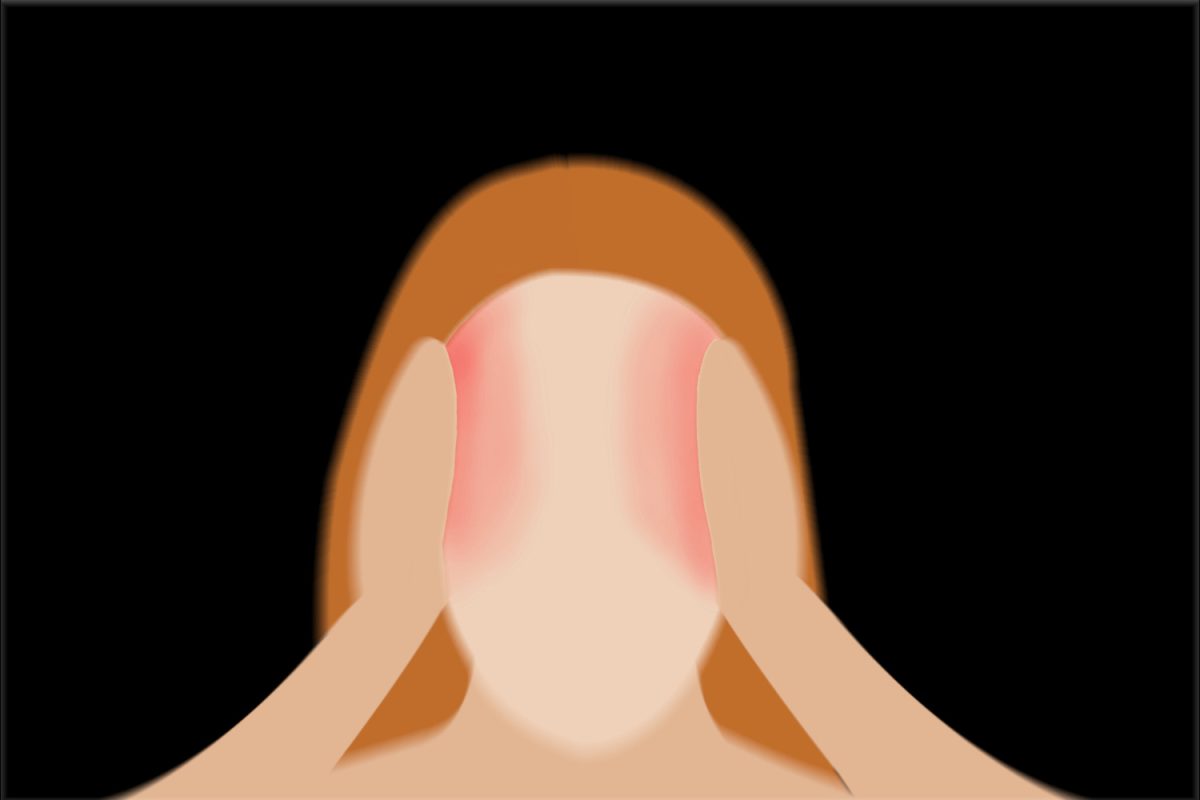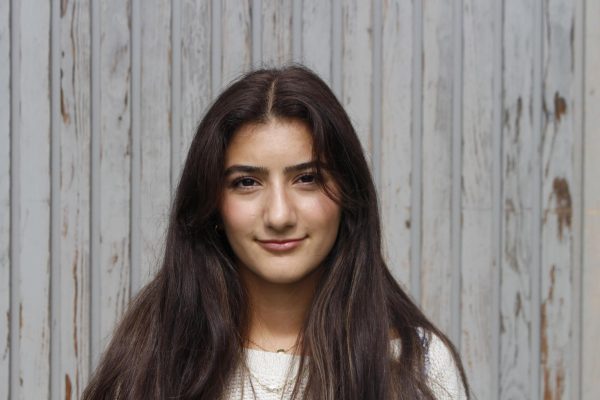They’re not considerate or kind. They come unexpectedly and quite literally blind you. One minute, you are getting dressed to go shopping with your friends, and the next, you are wiping off your makeup, closing the blinds and crawling into bed, where you will stay for the next four hours in unbearable pain.
I first started getting migraines when I was 10 years old. For over a year, I did not know what the term “migraine” even meant. I would get an attack, throw up and dismiss it as either a one-day stomach bug, dehydration or food poisoning. My family and friends were also unfamiliar with migraines. So, when I would get them, a migraine wasn’t even in the mix of potential explanations for my debilitating pain. I have noticed that this unawareness is widespread – few understand what migraines truly are and their effects on people unless they experience them themselves or have someone close to them who does.
Despite their discrete presence in society, migraines likely plague many around you – over 1 billion people in the world suffer from migraines, according to the National Library of Medicine. I hope that as more people learn about migraines, the large community of migraine receivers will gain support and relief.
To start with their physicalities, migraines are headache disorders characterized by consistent episodes of head throbbing as well as sensitivity to light, smell and sound. According to the Migraine Trust, there are 11 different forms of migraines, meaning each person’s experience with a migraine is unique. For instance, there are various triggers that provoke migraines depending on the person. These range from stress, certain foods, a hormone imbalance or the weather, according to the National Library of Medicine.
People also experience disparate symptoms; while my friend feels soreness at the back of her head and down her back, I feel pain in my jaw and behind my eyes. Additionally, migraines can last from two hours to three days, according to the NHS, displaying just how extensive the duration of people’s episodes are.
As much as migraines are painful, they are also highly inconvenient and frustrating. Migraines can come unexpectedly, leaving no time for preparation. Our lives are constantly being interrupted, making it hard for us to go about each day normally.
People who experience migraines also face social struggles as they are forced to withhold from activities and suffer in solitude. The ramifications of being in constant isolation from friends and family leads to an increased risk of depression, according to Healthline. Being prone to depression isn’t a unique side effect of migraine disorder – it is a result of migraine sufferers having to deal with the mental strains by themselves.
Personally, I fear missing out on memorable times with my friends. What’s more is, over time, backing out of plans due to my migraines becomes unbearably repetitive. When I continuously cancel, I panic that my friends will regard me as unreliable or uninterested. This fear is especially heightened due to the lack of acknowledgment of migraines – for those who don’t understand their impact, a migraine is a lame excuse to cancel an exciting night out.
Moreover, many people who experience migraines can’t participate in certain social activities as they contain triggers. For some, loud concerts or late nights that disrupt sleep cycles can prompt migraines. Sarah Rathsack, a teacher and mother with migraine disorder, created the website My Migraine Life in order to spread awareness and support for people with migraines. She shares how she can’t go to many social events because she must avoid stimuli like perfume, candles, LED lights and big screens. Ordinary aspects of our scenery like bright lights, strong smells and loud sounds may not seem problematic as they often go unnoticed; however, for people with migraines, they are the determining factor for whether or not they can go somewhere.
Migraines also negatively disrupt people’s work and school lives. As a current Grade 11 student, I can’t afford to put off my work for a few hours every week. Because of my unpredictable migraines, I am constantly missing school, rescheduling tests, backing out of extracurricular commitments and hoping that my grades aren’t in jeopardy.
A survey conducted by The Migraine Trust found that 43% of participants said their workplace did not believe them when they said they had to take a sick leave due to a migraine attack. I had a similar experience just a few weeks ago when I felt myself getting a migraine during the school day. I had a test I had thoroughly prepared for but, as a result of my migraine, could not physically complete. I went to tell my teacher that I would be going home, hoping they would understand my circumstances and let me reschedule my test. However, they looked at me blankly, perhaps assuming I was trying to get out of a test I hadn’t studied for, and suggested I drink some water for my “headache.”
While migraines are a type of headache disorder, I’ve come to notice that the term “headache” tends to carry a lighter connotation than what a migraine really entails. The World Health Organization ranks migraines and other headache disorders as the third most disabling neurological disease, behind dementia and strokes. For this reason, it’s important to understand that someone complaining about their migraine symptoms is likely experiencing pain beyond a regular headache.
Unfortunately, this misunderstanding between headaches and migraines is very prevalent in the healthcare system. According to the Migraine Trust, it can take several years for people with migraines to get officially diagnosed due to a lack of acknowledgment by doctors. Before my migraine disorder diagnosis, I had reported my symptoms to my local general practitioner. In return, my GP said I was experiencing standard headaches and instructed me to take paracetamol and go on more nature walks. Patently, that advice was useless. After that, I went through two different doctors before finally being diagnosed and prescribed helpful medication.
Migraine diagnosis can be a relentless process, mainly because migraines are one of the most scientifically unknown disorders and there is close to no knowledge of what happens neurologically, according to the Cleveland Clinic. It is frustrating when doctors, people I depend on to have medical solutions, are speechless. With little understanding of how or why I get migraines, I feel hopeless about ever finding cures to them. Every migraine I get is a reminder that my lifetime could be filled with them.
I’ve realized while I can’t avoid the physical aches of migraines, I can manage how they impact my life. This management is most productive with the support of those around me. If you have a friend or a family member who experiences migraines, I urge you to take the time to understand the nature of their condition. In learning about their triggers, you can help them be avoided. In understanding their sensitivities, you can foster a calm environment. By expecting their spontaneity, you can relieve them of any cancellation guilt.
I have come to terms with my reality, as I know I can help my condition and that of a billion other people by fostering understanding. Living with migraines doesn’t seem so scary knowing that the people around me acknowledge and support my condition.

